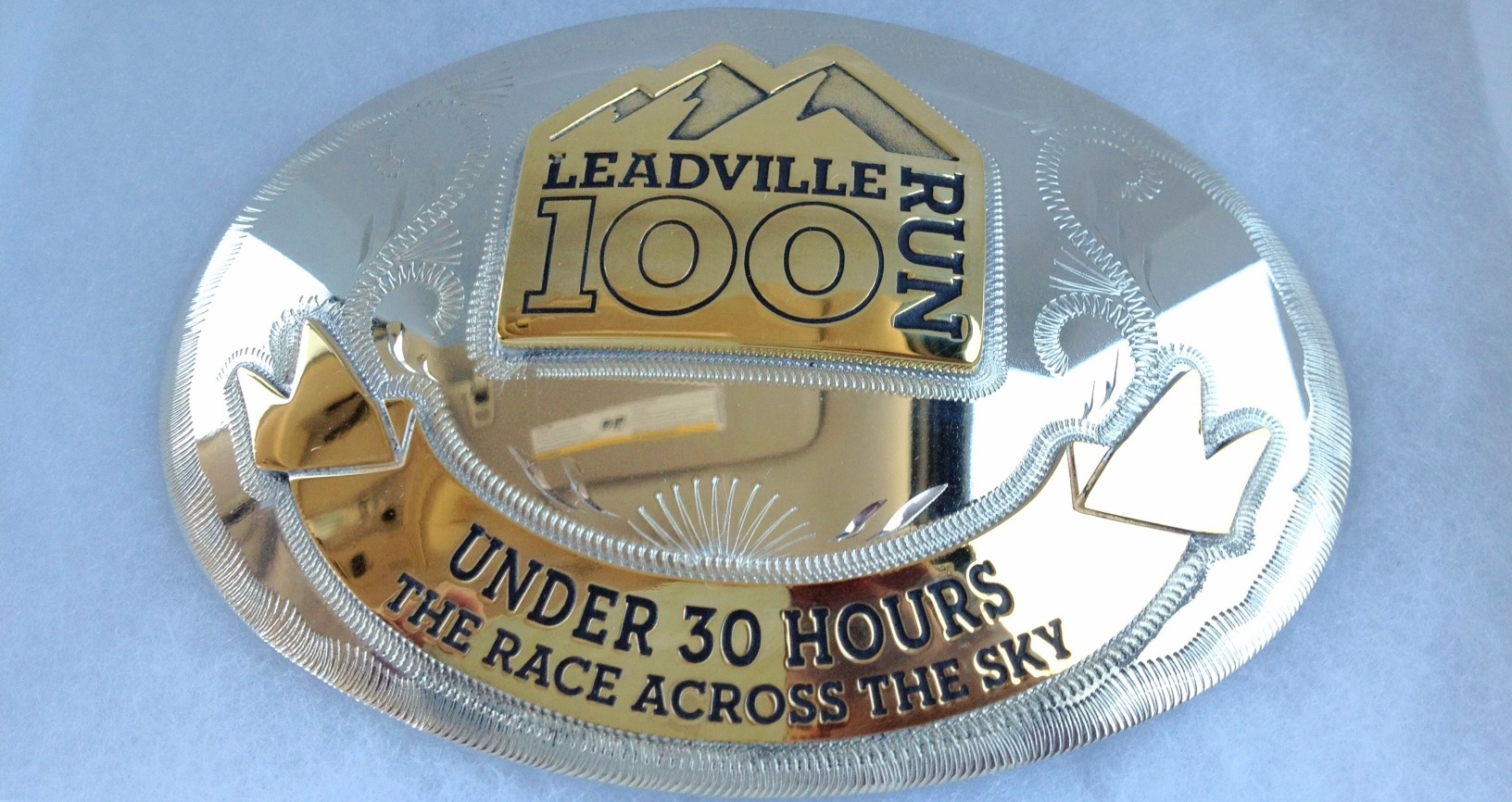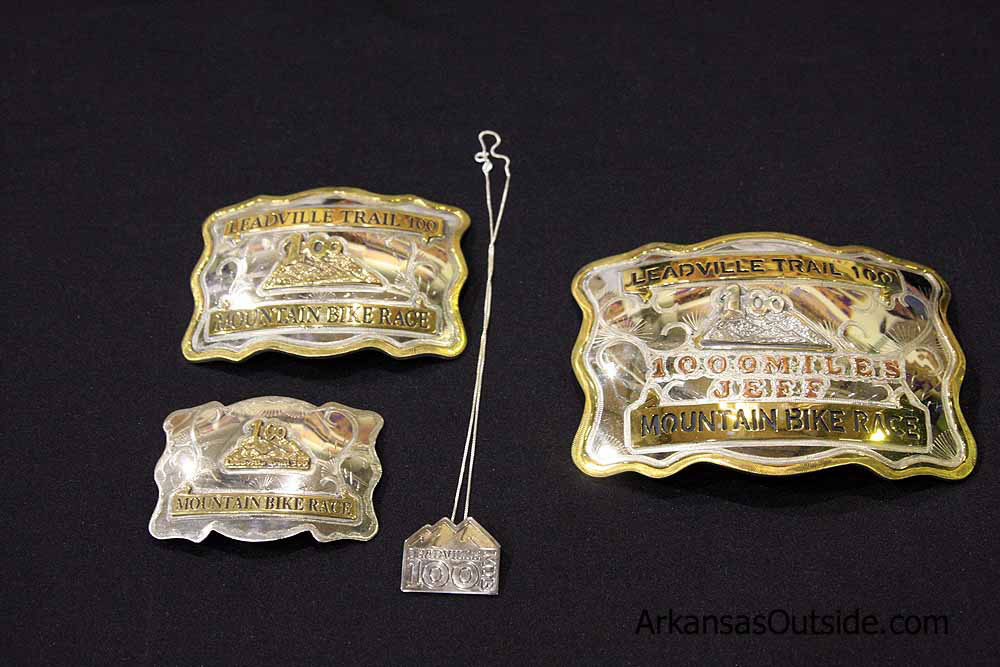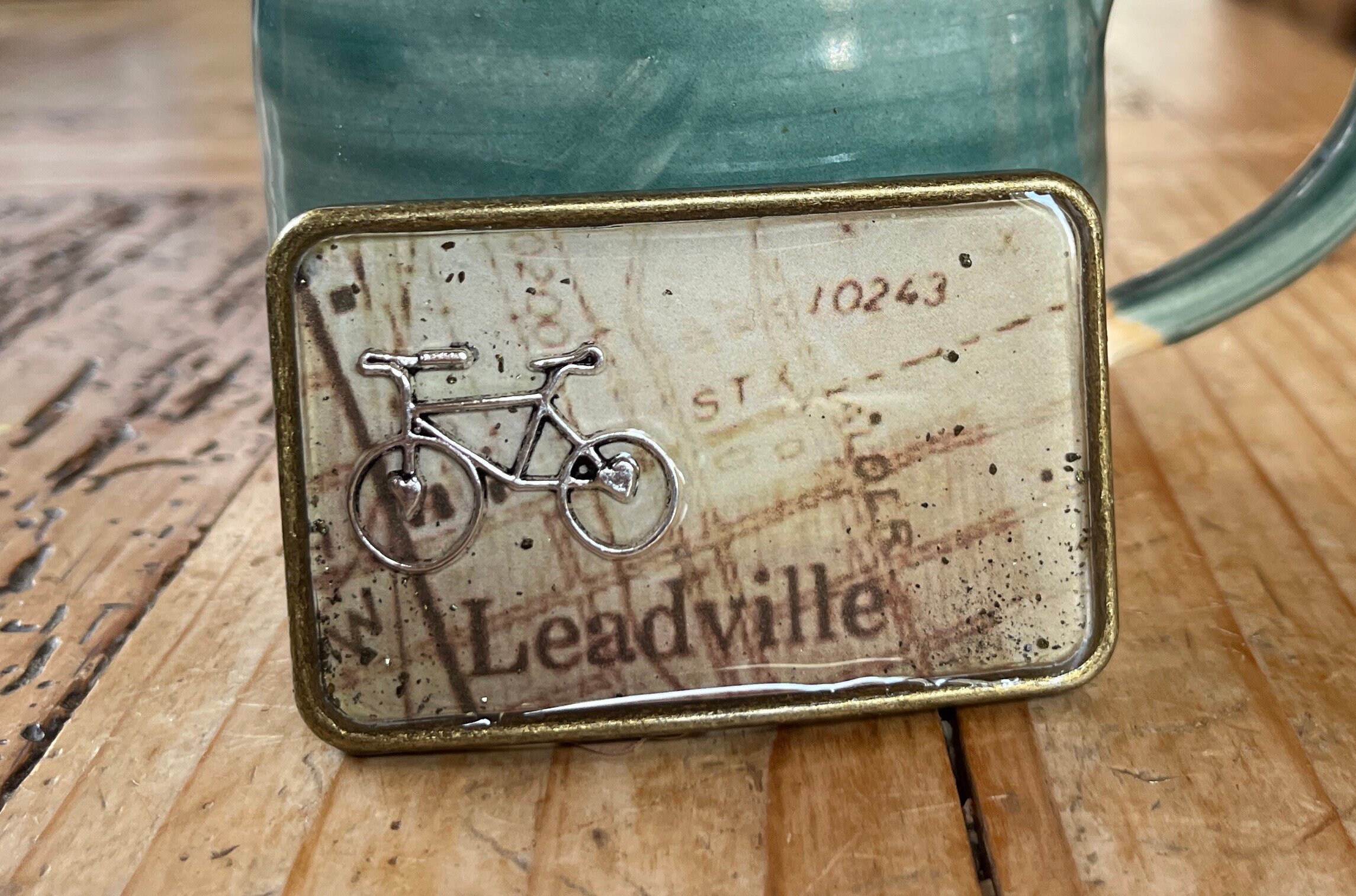Leadville 100 Belt Buckle For Sale – These platforms provide a convenient way for sellers to connect with potential buyers, set their prices, and arrange for shipping or pick-up. There is also a growing trend of online platforms that facilitate the buying and selling of businesses. While the sale of a business can provide a valuable opportunity for both parties involved, it also carries risks. Quality products often come with warranties and customer service support, offering peace of mind to consumers who are investing in something that will serve them well over time. The growing interest in second-hand goods can also be attributed to shifting cultural attitudes toward consumption. With just a few clicks, consumers can browse through thousands of listings for second-hand items from all over the world. Both the buyer and the seller are seeking the best possible terms, and finding common ground can be a challenge. The business-for-sale market continues to evolve, influenced by economic trends, technological advancements, and shifts in consumer behavior, but one thing remains clear: buying and selling businesses will always be a fundamental part of the global economy. This ensures that the product is fully functional and free of defects, providing peace of mind for buyers. The resale of pre-owned clothing has become a booming industry in recent years, with second-hand stores and online marketplaces thriving as more consumers opt for affordable, sustainable alternatives to fast fashion. By purchasing second-hand items, consumers can help reduce the demand for new products, thereby lessening the environmental impact associated with manufacturing and shipping. Whether it’s funding education, supporting homelessness services, or providing medical assistance, the money spent in second-hand shops can contribute to making a difference in the lives of others. Whether it’s a car, a house, or a simple piece of furniture, there’s a process that unfolds. By purchasing second-hand goods, consumers help keep products circulating in the economy, giving them new life and purpose. They are intended to last for a limited amount of time, after which they become outdated, broken, or no longer functional. Success after the acquisition depends on a variety of factors, such as effective leadership, market conditions, and the buyer’s ability to make improvements and capitalize on growth opportunities. In this broader sense, the concept of “for sale” is not just about the exchange of goods; it’s a driving force in the global economy, influencing how people live, work, and interact with the world around them. They become part of the story of the buyer and the creator, connecting people to a tradition of excellence, heritage, and care. As more people embrace the idea that everything has value, second-hand goods will continue to be a central part of the way
Quality goods for sale have always held a special place in markets around the world, captivating consumers with their promise of durability, performance, and timeless appeal. For fashion-conscious individuals, buying second-hand is a way to express their personal style while also supporting sustainable practices.

Leadville Trail 100, 2014 Edition
We have everythingworld's largest selectionfree shipping available Shop our huge selectionfast shippingshop best sellersdeals of the day

Leadville 100 The Calm Before… Arkansas Outside
Shop our huge selectionfast shippingshop best sellersdeals of the day We have everythingworld's largest selectionfree shipping available

Leadville 100 Under 9 hours belt buckle Henry's welldese… Flickr
Shop our huge selectionfast shippingshop best sellersdeals of the day We have everythingworld's largest selectionfree shipping available

Summit for CAF Leadville 100 From the Bucket List to the Buckle!
Shop our huge selectionfast shippingshop best sellersdeals of the day We have everythingworld's largest selectionfree shipping available
The Running Man Leadville
Shop our huge selectionfast shippingshop best sellersdeals of the day We have everythingworld's largest selectionfree shipping available

Leadville Belt Buckle Etsy
We have everythingworld's largest selectionfree shipping available Shop our huge selectionfast shippingshop best sellersdeals of the day

Kent Eriksen Cycles a winner with nothing to hide at NAHBS, except for
We have everythingworld's largest selectionfree shipping available Shop our huge selectionfast shippingshop best sellersdeals of the day

Leadville 100 Belt Buckle Closeup Yep there it is. This… Flickr
We have everythingworld's largest selectionfree shipping available Shop our huge selectionfast shippingshop best sellersdeals of the day

Race Across the Sky The Leadville Trail 100 Mountain Bike Race
Shop our huge selectionfast shippingshop best sellersdeals of the day We have everythingworld's largest selectionfree shipping available

No Need To Run 100 Miles. Get Ultra Trophy 'Leadville 100' Buckle The
We have everythingworld's largest selectionfree shipping available Shop our huge selectionfast shippingshop best sellersdeals of the day
For many, purchasing second-hand goods is not only a practical and affordable choice but also an environmentally conscious one. This can bring about feelings of uncertainty, as there’s no guarantee that the right buyer or partner will come along. The concept of a circular economy, where products are reused and repurposed instead of discarded, is central to the appeal of second-hand goods. It’s a world where even personal growth, self-actualization, and emotional healing are framed as commodities, available for purchase at any time, but only if you’re willing to pay the price. Technological advancements and shifts in consumer behavior can also impact the types of businesses that buyers are interested in. One of the major environmental concerns with new products is the waste that they often generate at the end of their life cycle. The artist who created it may have one understanding of its worth, while a collector may see it as a valuable investment, and a casual admirer might simply appreciate its beauty without considering its monetary value. Second-hand goods, especially those that are vintage or antique, often carry a sense of history and craftsmanship that can be missing from mass-produced products. When people buy second-hand items, they are extending the life cycle of those goods, which means fewer products end up in the trash. There’s a certain art to selling something. Thrift stores often carry a wide variety of goods, from clothing and accessories to furniture, books, and electronics, and each item comes with its own story. When consumers buy these goods, they are investing in both the product and the people behind it. For buyers, the process typically starts with identifying a business that aligns with their interests, skills, and goals. The business-for-sale market continues to evolve, influenced by economic trends, technological advancements, and shifts in consumer behavior, but one thing remains clear: buying and selling businesses will always be a fundamental part of the global economy. It’s a moment of transition, and as with all transitions, it brings with it both excitement and uncertainty. Through online marketplaces and platforms, small businesses and independent creators can sell their goods to a global audience. The online second-hand market has also made it possible for people to buy and sell niche items that may not be available in local stores. Their inherent value comes not only from their physical characteristics but also from the values of durability and sustainability. For sale, it seems like a simple phrase, yet it carries with it an array of possibilities, emotions, and decisions that can shape someone’s life. In some cases, it’s not just objects that are for sale, but entire industries or institutions.
This subjective nature of value is what makes the “for sale” market so dynamic. Despite the many advantages of buying and selling second-hand goods, there are some challenges that both buyers and sellers must navigate. It’s about letting go of something that no longer serves a purpose, while opening the door for something new to take its place. When an item is marked as “for sale,” it enters a space where value is defined not only by the object itself but by the context in which it’s placed. By purchasing second-hand goods, consumers help keep products circulating in the economy, giving them new life and purpose. For environmentally conscious consumers, buying second-hand is not just a cost-effective choice, but a way to make a positive contribution to the planet. In a world where everything is for sale, it’s easy for the vulnerable and the marginalized to be taken advantage of. These platforms have also made it easier for individuals to sell their own pre-owned goods, turning unused or unwanted items into cash. A piece of furniture, for instance, may hold sentimental value simply because it’s been in the family for generations. They also have access to networks of potential buyers and sellers, which can help expedite the sale process and increase the chances of a successful transaction. In addition to offering unique items and affordable prices, many second-hand stores also serve an important social and community function. The global marketplace, with its constant buying and selling, influences everything from politics to the environment, creating ripple effects that are felt far beyond the immediate transaction. These acts of generosity remind us that there are still things in life that cannot be bought, cannot be sold, and cannot be quantified. The production of new goods often requires significant resources, such as raw materials, energy, and labor, while also generating waste and contributing to pollution. A home, a car, a piece of jewelry, a moment in time, a relationship — all of these things, at some point, become commodities. In this world, emotions can feel like products, available to be consumed at will and disposed of when they no longer serve a purpose. This revival can be attributed to a combination of economic factors, growing awareness of environmental issues, and a shift in consumer attitudes toward sustainability and the value of pre-owned items. There’s a certain art to selling something. Whether it’s the sleek lines of a designer chair or the intricate patterns on a handwoven rug, quality goods are often as much about aesthetics as they are about functionality. When people choose quality goods, they are choosing longevity over convenience, enduring craftsmanship over temporary trends, and often, a timeless aesthetic over what is in vogue today.